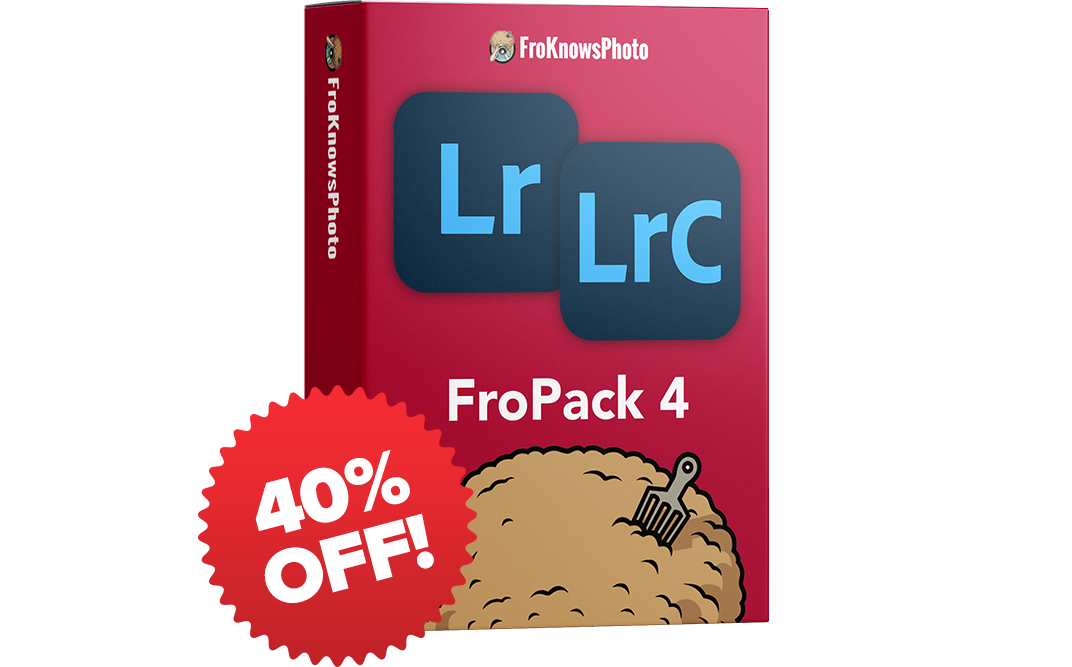Creating black and white conversions in Lightroom
I love the look of black and white photography. I started with shooting black and white film. Tri-X mostly in the beginning. I came to see the world in that way with the gradations of tonal contrast and how the light would fall in shadow and highlight. Black and white is about contrast. Color information makes up the gradations of tones, reds are darker, yellows lighter.
Unless I’m specifically shooting black and white film, I shoot RAW. And I see in color. The great thing about shooting RAW is that you can create a digital negative in a multitude of ways without ever compromising the original image. There is so much information in a RAW color file.
There are occasions when I am fairly sure I’ll go black and white with an image or set of images. IF there is very little available light, or very little contrast, those may be great occasions to consider black and white. Frankly, it’s really just a matter of taste. I don’t think there is any right or wrong. Some photographers make a career of shooting black and white. I like to mix things up but when I am doing a black and white conversion, I typically have a general starting point with my edit.
Since I shoot RAW and see the world in color, I most often start my with a color edit. I want to see what the tones are doing, the shadows and highlights. I tend to shoot mostly portraits, so skin tones are really important to me. Once I’m satisfied with my color edit, I will convert to black and white and edit further. I use my color edit as a starting point and then go in a refine my blacks and my white point. Adjust contrast, shadows and highlights.
I tend to like silvery black and whites. Where the tonal range is there and perhaps a bit softer and balanced. Some folks love really dramatic contrast with super-thick blacks and stark whites. I hope this video helps with your black and white edits. And remember, there is no right and wrong here. It’s all a matter of taste.
Please subscribe and leave your questions and comments below.




